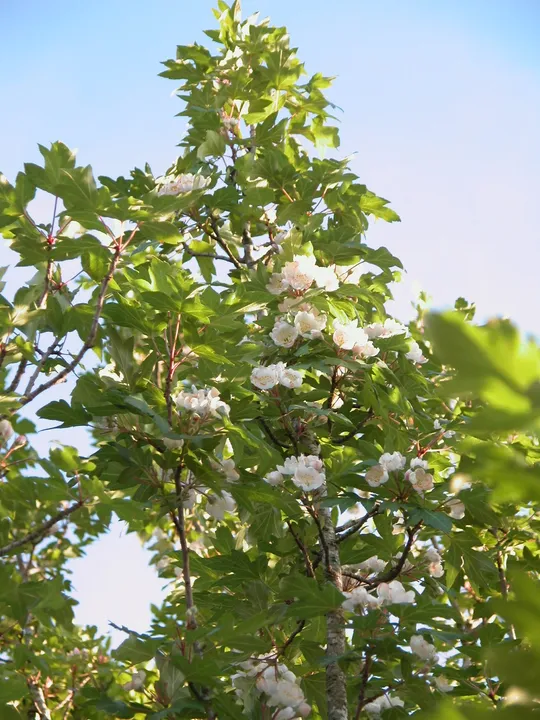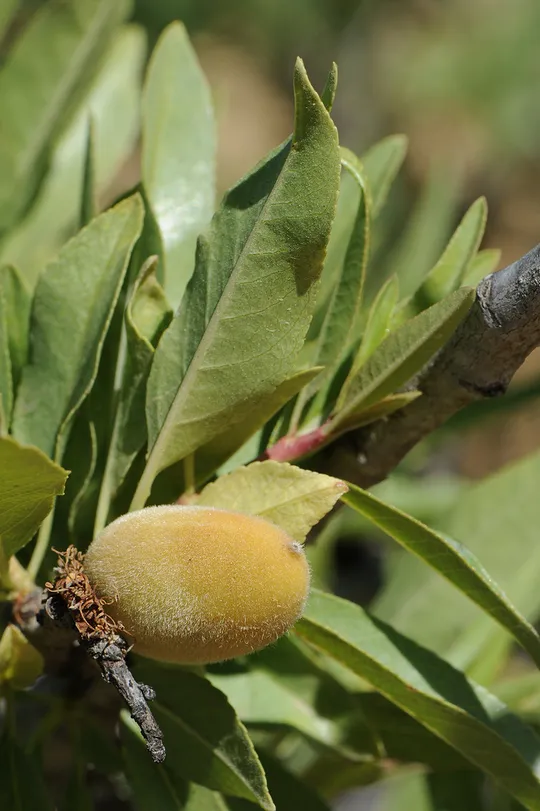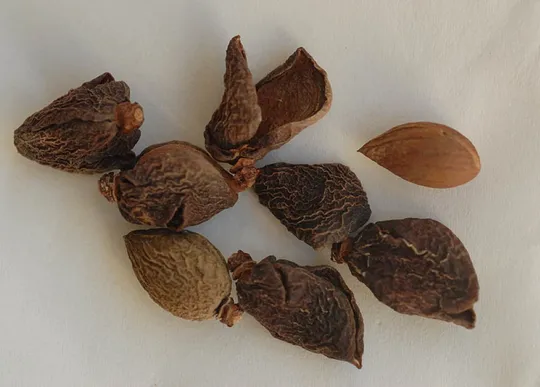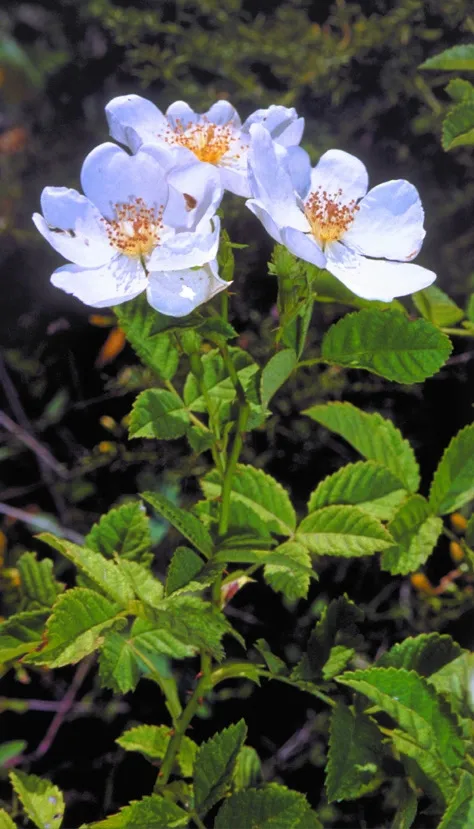Common Agrimony, Church Steeples
Agrimonia eupatoria
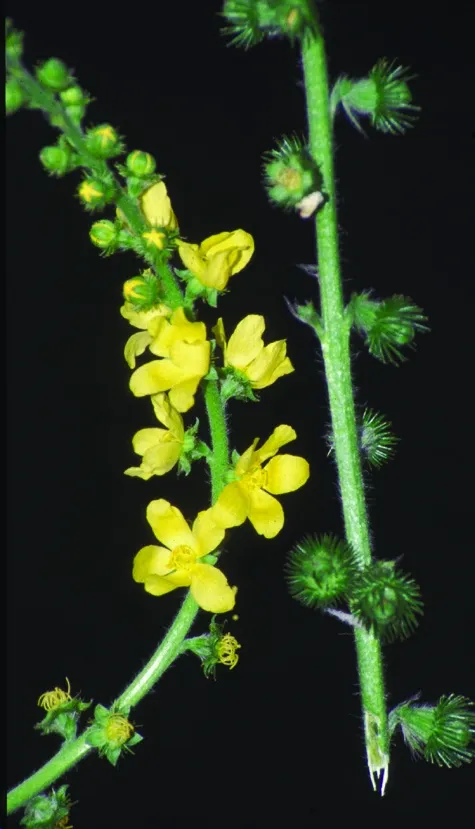
Agrimonia eupatoria is a
perennial herb that grows up to 100 cm tall. It has a lifespan
of approximately 5-10 years. Its stems develop from rhizomes. The
stems are erect and hairy. Its leaves are
pinnate, with large crenulated leaflets that have a green upper
side and an underside covered in whitish hairs. They resemble
the leaves of Sanguisorba. Its habit and leaves resemble a dwarf Rhus
coriaria from afar. In spring, the
stems lengthen and carry long densely flowered spikes. Each
yellow-orange flower is about 1 cm across, with five petals.
The calyx, shaped like an inverted cone, has five lobes and when ripe droops
and is covered in long hairs. The top of the calyx is bordered with
hard curved spikes. The pollination method is unknown in this species. The
fruit is a nutlet hidden inside the hard calyx. Long-distance fruit
dispersal is effective: the spiny fruit attaches easily to the fur of
animals and to socks.
In European folk medicine – as a cure for liver complaints. Was once used to prepare a yellow dye.
Was once found in the upper Amud stream in the Upper Galilee and in the Sa'ar Stream on the edge of Mt. Hermon and the Golan Heights . It was first collected in Israel in the 1920s by Noah Naftolsky and by Alexander Eig and Michael Zohary in the Upper Amud stream. Since then it has not been seen there and is probably extinct. It was collected at the foot of Mount Hermon in 1983 in the water channel near the Sa'ar Stream near Qiniye Spring but has not been found there since 1990.
Stream banks and springs, in wet depressions with pure clear water at the edges of woods, on mountains above 600 meters.
This is a northern genus, which includes 15 species growing in northern temperate parts of the globe (North America, Europe and Africa). The genus belongs to the group of genera that characterizes the Euro-Siberian region. In our area there is no other species of Agrimonia. In Israel the common agrimony is an extreme southern representative of the distinct northern group that is associated with intense humidity and summer rains. Consequently in Israel it is found only near springs or streams in cool areas.
In the Euro-Siberian, Mediterranean and Irano-Turanian regions. This is a widely distributed species, and its range includes all of Europe, the northern Mediterranean countries, Central and West Asia to China. The common agrimony grows in Europe in damp habitats not necessarily connected to water bodies, such as depressions or open sub-forests. In the Levant – Israel, Syria, Lebanon and Cyprus – on the other hand, it grows only near water bodies. The subspecies found in Israel grows in Europe and the Mediterranean countries and penetrates into West Asia up to the Caucasus and Zagros Mountains.
This is a perennial herb and a northern peripheral species that grows in a rare habitat, and is extinct in Israel where it previously grew near water at two sites: in the Upper Amud Stream and in the Sa'ar Stream.
אייג, א. 1926. תוספת לידיעת הצמחייה של ארץ ישראל. תל אביב. עמ' 21.
כהן, ע. ושמידע, א. 1988. צמחים נדירים בישראל – המבוקש מגיא הטחנות, אבגר צהוב. טבע וארץ ל': 9.
Current Occupancy Map
| 1000 squre meter pixel | 5000 squre meter pixel | 10000 squre meter pixel | |
|---|---|---|---|
| number of observations | 0 | 0 | 0 |
| in total pixels | 0 | 0 | 0 |
| Family | Rosaceae |
| Classification | On the episodial species list |
| Ecosystem | Mediterranean |
| Chorotype | Euro-Siberian (Mediterranean, Irano-Turanian) |
| Conservation Site | Amud stream (Nahal Amud), Saar river (Friendship Bridge to Qiniye Spring) |
| Rarity |
1
6
6
|
|---|---|
| Vulnerability |
0
4
4
|
| Attractiveness |
0
0
4
|
| Endemism |
0
0
4
|
| Red number |
1
-1.0
10
|
| Peripherality | N |
| IUCN category | DD EW EX LC CR EN VU NT |
| Threat Definition according to the red book |
 Based on:
Based on:
